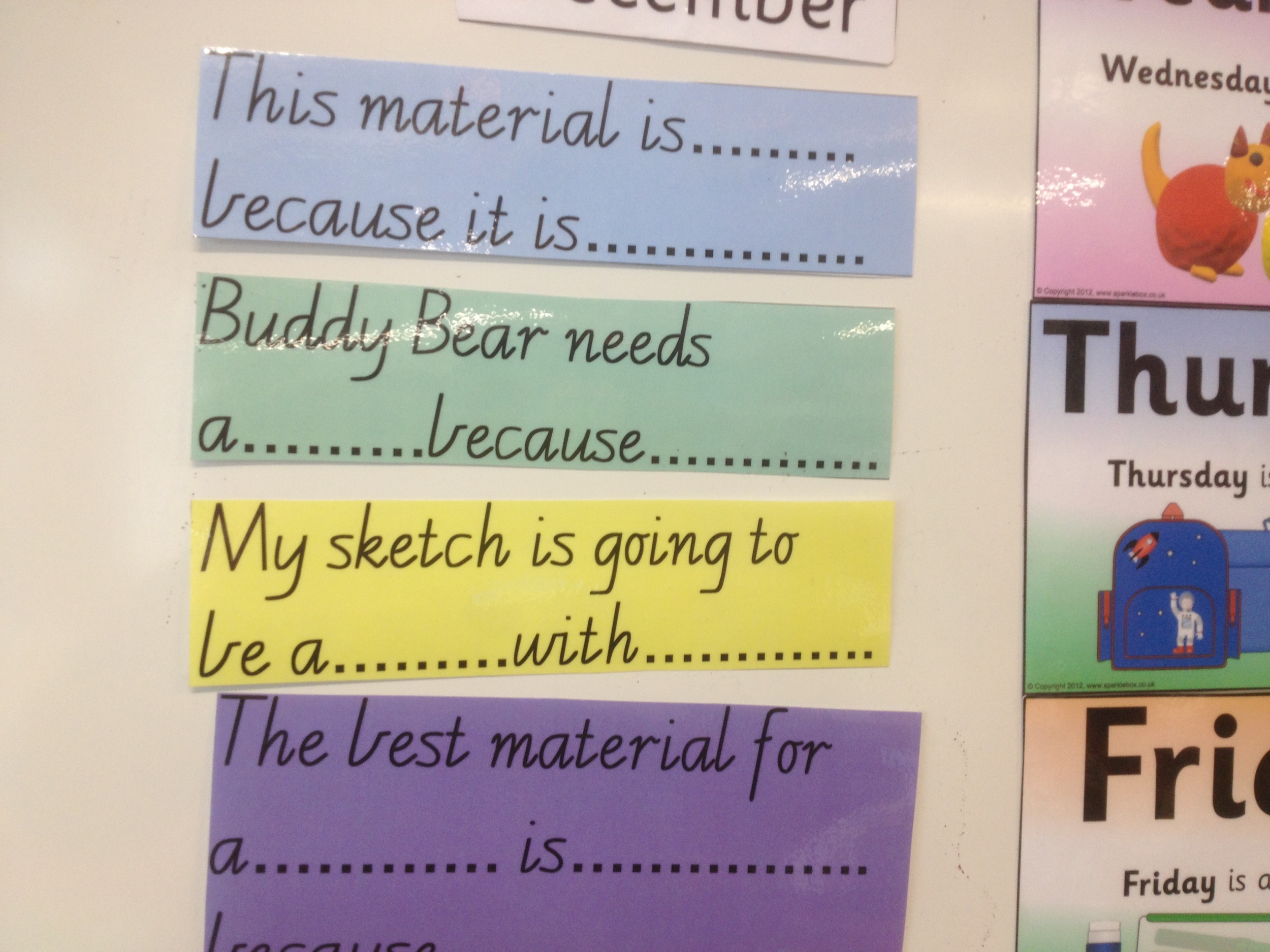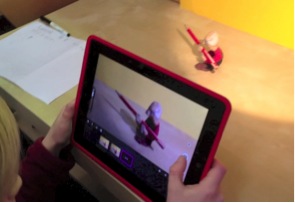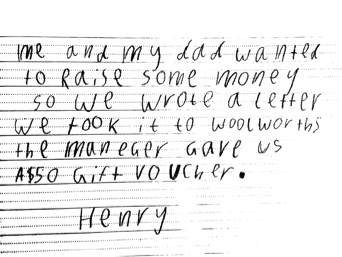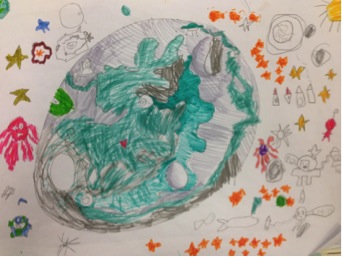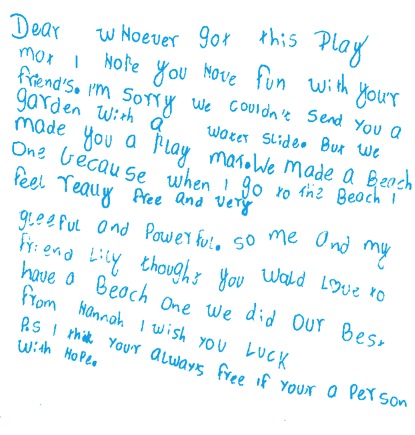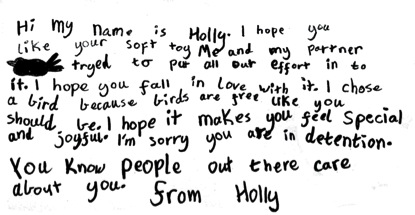I am delighted to share this guest post from a long time colleague of mine - Julie Hamston. Julie and I have written a number of books and articles together over the years and I continue to learn a great deal from our conversations about inquiry, teaching and learning. Julie's expertise is in the area of language - and, as you will see from this post, she is particularly fascinated in the role of talk in the inquiry classroom. I have previously posted some thoughts on the language we use with students and am in no doubt that one of the most important things we can do for learners is to strengthen our understanding of and skill in managing dialogue to support their' thinking. Talk is our central and perhaps most powerful 'tool of trade', as Peter Johnson reminds us: "Teachers' conversations with children help children build the bridges from action to consequence that develop their sense of agency" (Choice Words, 2004:30) I know you will find Julie's post thought provoking - I hope it gives you something to talk (and wonder!) about at your next team or staff meeting. Effective teachers of inquiry operate with a finely tuned set of strategies to encourage students to make their thinking visible and to share their understandings with others.
Although these strategies have sharpened our attention on the relationship between language and thinking, I suggest they are limited unless we better understand the way that classroom talk is intimately connected with student learning. Deep and meaningful inquiry is dependent upon the linguistic leverage teachers provide to students through language that is modelled, generated, recycled, consolidated and stretched within the context of inquiry. The explicit pedagogic language of the teacher, consciously focused on deepening and expanding the linguistic content of student responses, combined with strategies for exploratory and collaborative talk, helps students develop the discourse practices (such as predicting, reasoning, explaining, justifying, interpreting, problem solving) fundamental to inquiry.
This view is not a new one. Classroom-based researchers from all over the world have demonstrated through close analysis of teacher-student talk and student-student talk that the quality of linguistic interaction and feedback in the classroom impacts on the quality of learning. That said, I strongly believe that more time and patience needs to be devoted to authentic dialogic interaction in inquiry classrooms and that teachers make a stronger investment in the language both they and the students produce.
This dialogic approach to teaching involves two integrated foci on language:
- the language-specific routines that teachers draw upon within any inquiry focus: questioning; prompting; eliciting and cuing student responses; ‘pressing’ for more clearly articulated detail, information or explanation; repeating, reformulating and elaborating on student responses; and recapping what has been learnt.
- the collective, purposeful, and reciprocal language exchanged between students and between students and the teacher.
When we think of inquiry-based learning and the emphasis placed on shared work, problem solving, making connections and thinking through complex issues, the importance of dialogic teaching is clear. Neil Mercer and others view talk as helping students do the hard work of learning. Dialogic inquiry involves students in seriously working with the ideas of others, considering and challenging evidence, worldviews and perspectives, and reaching logical conclusions.
My recent work on dialogic teaching
Throughout 2014, I have been working with the Principal and staff of Meadows Primary School in Victoria, Australia to establish a whole school commitment to dialogic teaching, initially around inquiry-based learning. The student demographics at this school are shaped by generational poverty; household and neighbourhood disadvantage due to chronic unemployment and a high proportion of sole parents; significant ethnic diversity in the community, including Indigenous Australians and new and settled migrants for whom majority English is an additional language; as well as widespread first language ‘impoverishment.’
We were interested in the quality of teacher and student talk in the classroom. We wanted to see, more clearly, the ways in which teachers used language to scaffold thinking and learning, to build, deepen and extend their students’ language repertoire so they could make their reasoning ‘visible.’ I designed a program that combined professional learning on dialogic approaches in the classroom, analysis of classroom transcripts and videos, classroom observations, feedback and evaluation.
Teachers were also required to collect data of their own talk interactions with students and to analyse these in terms of the language techniques they were using (for example, did they reformulate students’ responses? Did they put a ‘press’ on students’ language? Did they cue students into possible answers?). In addition, they were encouraged to introduce exploratory talk techniques to their students (the Thinking Together project coordinated by Mercer and colleagues at the University of Cambridge formed the basis of this task https://thinkingtogether.educ.cam.ac.uk).
Teacher volunteers were then invited to be involved in a pilot project involving the trial of dialogic approaches within the context of inquiry-based units of work. Two year levels responded: the Foundation Year (consisting of four teachers, led my me) and Years 3 and 4 (consisting of four teachers and facilitated by the school’s lead teacher, Adam).
From: Tayla Cosaitis’ Year 3/4 class: Ground Rules for Talk.
The Foundation teachers, working with 5 year olds (Sarah Lynch; Laura Di Lizia; Stephanie Webster and Libby Morris) collaborated closely with me on building students’ capacity to share their thinking, using longer stretches of language incorporating reasoning words such as ‘because’ and ‘if.’ In consultation with the research literature, we designed language frames relevant to their students’ inquiries (“ I like your idea because…” ; “ I will build a …. because….”; “I will use… because….”).
From: Laura Di Lizia’s Foundation class: Design, Creativity and Technology Unit – Building a House for Buddy Bear.
The teachers also ‘planned in’ their own and student language to their inquiry units, established ‘talk buddies’ for an initial foray into exploratory talk, and introduced students to the ground rules for active listening, talking and sharing with others.
The analysis of transcripts was central to the teachers’ professional learning. Examples such as this one were used to identify (i) the language repertoires used by each teacher and (ii) any growth in the students’ linguistic reasoning:
Teacher: Sofia, can you tell me what you have used to make your couch? (Eliciting a response)
Sofia: I have used material. We used cotton balls and we got the Buddy Bears to test them out on them… and we used cardboard and we used bubble wrap.
Teacher: Great. You used lots of things. Can you tell me why? (Request for student to provide a reason). So can you say “I used cardboard and bubble wrap and material because… (Providing a language frame as support).
Sofia: Bubble wrap.
Teacher: Put it in a full sentence. “I used …” (Putting a ‘press’ on the student’s language in the hope for a more comprehensive and reasoned response).
Sofia: We used materials because to make it comfy (sic). We used cotton balls to make it even more comfortable. We used cardboard to make it strong. We used bubble wrap to make it soft. We used glue to glue it together (Putting language and thinking together).
The explicit apprenticeship of students into the discourse practices of inquiry has been so positive that teachers report a shift in students’ capacity to use talk to provide evidence and justification, and to think through alternatives. Importantly, the teachers say they are more focused on their own language use. Great examples of this from the teachers in Foundation year include:
- Reformulation of student responses (Did you mean…?)
- Direct elicitations – (“Can somebody …? Who knows…?: “I want to know what you know about sketching.”)
- Exhortations (“Who is thinking the same/different?”)
- Repeating student responses to consolidate learning (“Well that’s a lot of information there. I’m going to break it down for everyone. Shreya said …. Shreya went on….. and explained more………………….)
- Recaps to consolidate understanding (“OK, so we have used our observation frames to look at the weather…”)
- Connecting feedback to inquiry (“Great thinking!; “I love the connection you just made.”)
- Building on student responses (“I just want to bring it back to what Louie was saying.”)
- Requests for reasoning (“You have to tell me why. Remember to make a prediction and tell me your reason.”)
- Putting a ‘press’ on student language (“Can you put your answer in a full sentence?”; “Can you begin by saying ‘I think…”; “Remember our language frames: “I predict…because…”)
Work continues on dialogic teaching at Meadows Primary School in 2015 and 2016 – watch this space?
Contact
Dr Julie Hamston is an education consultant and a Senior Fellow in the Melbourne Graduate School of Education, University of Melbourne, Australia. She can be contacted by email at: j.hamston@unimelb.edu.au
If you are interested…
Alexander, R. Dialogic teaching. Retrieved from http://www.robinalexander.org.uk/dialogic-teaching/
Dawes, L. (2008). (Chapter 2 ‘Talking Points’) The Essential Speaking and Listening: Talk for learning at Key Stage 2. Retrieved from https://thinkingtogether.educ.cam.ac.uk/resources/About_Talking_Points.pdf
Hamston, J. (2006). Bakhtin’s theory of dialogue: a construct for pedagogy, methodology and analysis. The Australian Educational Researcher, 33, 1, 55-74.
Haneda, M. W., G. (2010). Learning science through dialogic inquiry: Is it beneficial for English-as- additional-language students? International Journal of Educational Research, 49, 10-21.
Haneda, M. W., G. (2008). Learning an additional language through dialogic inquiry. Language and Education, 22, 2, 114-136.
Mercer, N. (2008). Talk and the Development of Reasoning and Understanding. Human Development, 51, 90-100.
Mercer, N. D., L. (2010). Making the most of talk: Dialogue in the classroom. EnglishDramaMedia, 19-25.
Taggart, G., Ridley, K., Rudd, P. & Benefield, P. (2005). Thinking Skills in the Early Years: A literature review. Retrieved from http://eprints.whiterose.ac.uk/73999/1/Thinking_skills_in_early_years.pdf
Zhang, J. D. S., K.A. Collaborative reasoning: Language-rich discussions for English learners. The Reading Teacher, 65, 4, 257-260.


